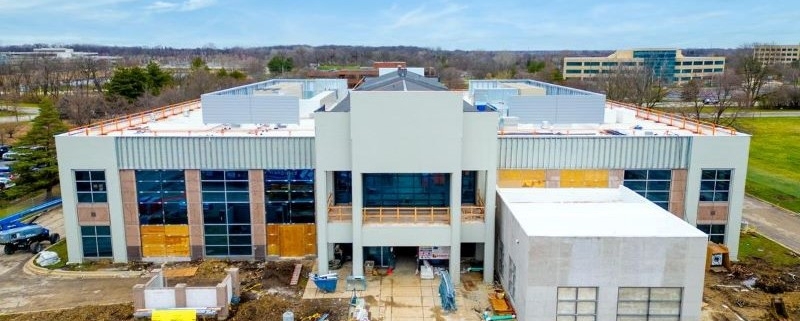Navigating Changing Transaction Activity In The Healthcare Real Estate Market
The healthcare real estate market’s recent trends reflect broader economic conditions and sector-specific shifts. For investors, understanding these dynamics and identifying areas of opportunity can provide strategic advantages.




